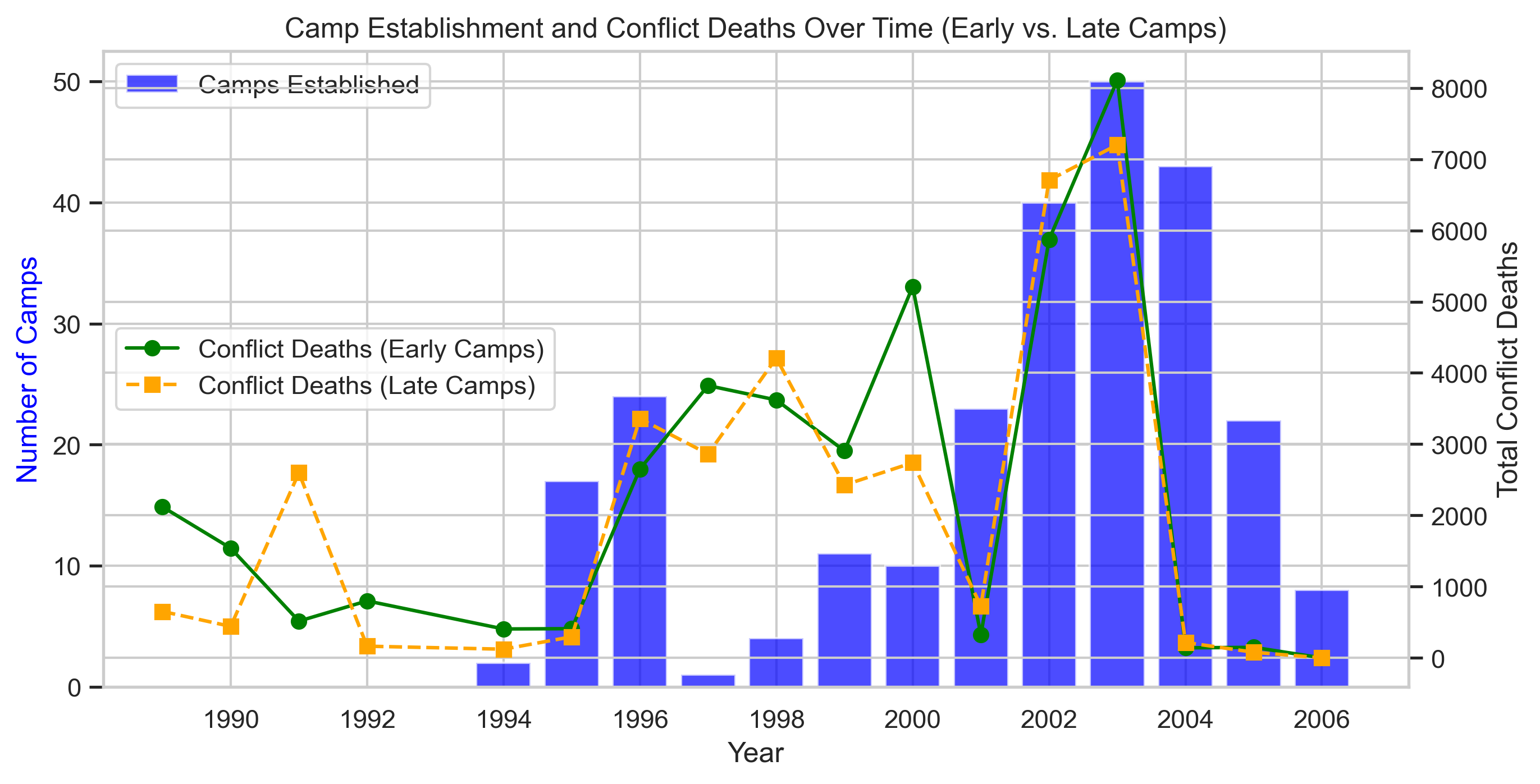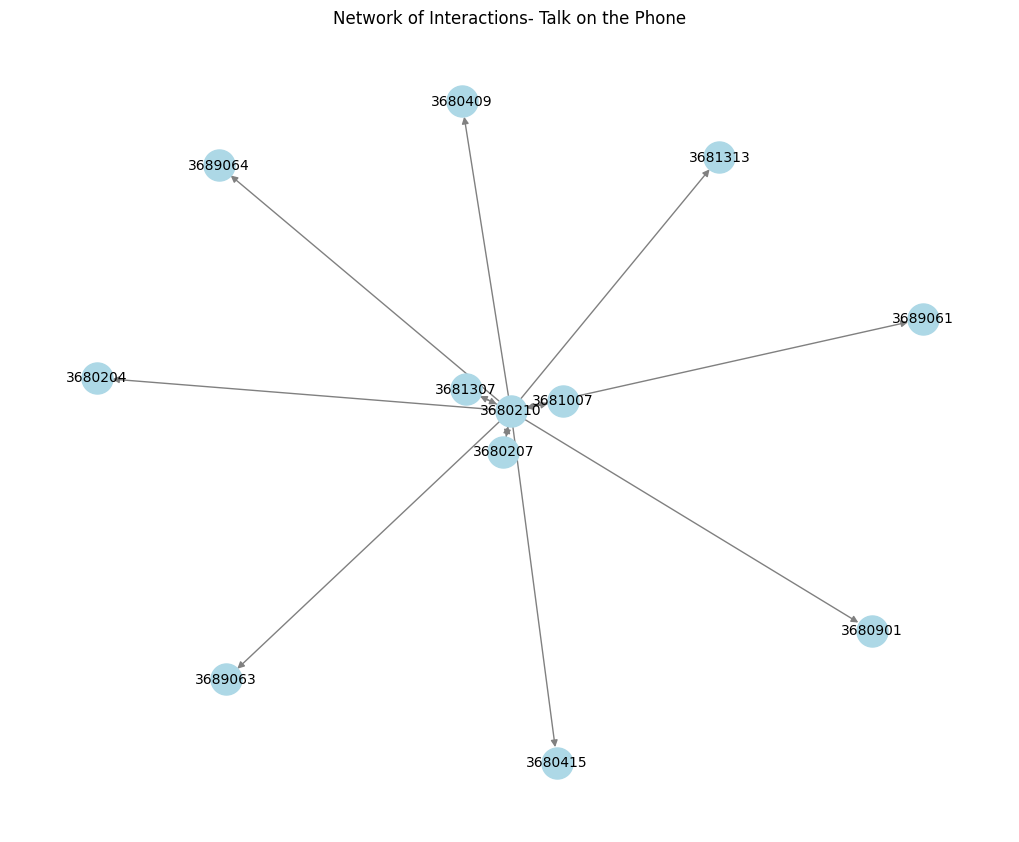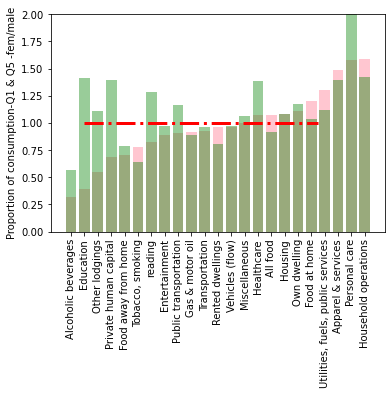Research
Job Market Paper
Conflict, Forced Displacement and Growth: Evidence from Uganda — Draft

I study the long run economic impact of a large-scale forced displacement policy in Uganda during the civil war. This policy forcibly relocated 80-90% of the affected districts’ population into Internal Displacement Camps for up to ten years. The mass displacement led to a lasting increase in population density in the localities hosting camps, which persisted for nearly a decade after people were free to return to their villages of origin. Consequently, the spatial distribution of the population in Northern Uganda was shifted, altering the economic geography and growth in the region. Combining and harmonizing satellite data with novel administrative data, I document that the forced displacement episode led to an occupational shift towards services and an increase in overall education levels. Moreover, I show that the long-term effects of forced displacement are stronger in places where camps lasted longer, and had higher population size. I develop a quantitative spatial model that rationalizes these results and find that increased return migration due to infrastructure reconstruction played an important role in post-conflict development.
Media Coverage: VoxEU
Working Papers
Team Size and Performance: Experimental Evidence from India — Draft Soon!
with Elisa Giannone and Giorgia Barboni

What are the gains of team size for performance? Does new technology diffuse faster in larger groups? To answer these questions and solve the endogenous sorting bias, we run the first randomized controlled trial where 1,582 Indian women were randomly assigned to 206 groups of different size and encouraged to engage in a production process. We find smaller teams to perform better than larger teams and that technology diffuses non-linearly with team size. By measuring bilateral communication within teams and conducting network analysis across team members, we find that smaller teams are more centralized than medium and larger. Our findings can be explained by smaller teams organizing the production process more efficiently, for example, by assigning tasks to group members and being more likely to reach a consensus on production decisions. To estimate the welfare effects of the intervention, we propose to build a network model with a heterogeneous group size. Size affects coordination costs as well as the impact of new technologies.
Gender and Consumption Inequality — Slides

In this paper I conduct an in-depth analysis of consumption differences across single men and women. Using the Consumer Expenditure Survey, I establish a new set of facts regarding the consumption levels of single men and women: first, that overall consumption expenditures are lower for women than for men. Second, that the gender consumption gap behaves similarly to the gender wage gap. Third, that the gender consumption gap is decreasing with income. Fourth, I show that consumption heterogeneity by goods type is also decreasing with income, and lastly, I show that whereas poorer women hold less liquid assets than poorer men, this is not the case for women with income above the 40th percentile. I show that two channels are important for explaining the gender consumption gap: the gender income gap, and parenthood. Then, using a partial equilibrium two period model I aim to replicate the behavior seen in the data to understand the implications of having such a consumption gap.